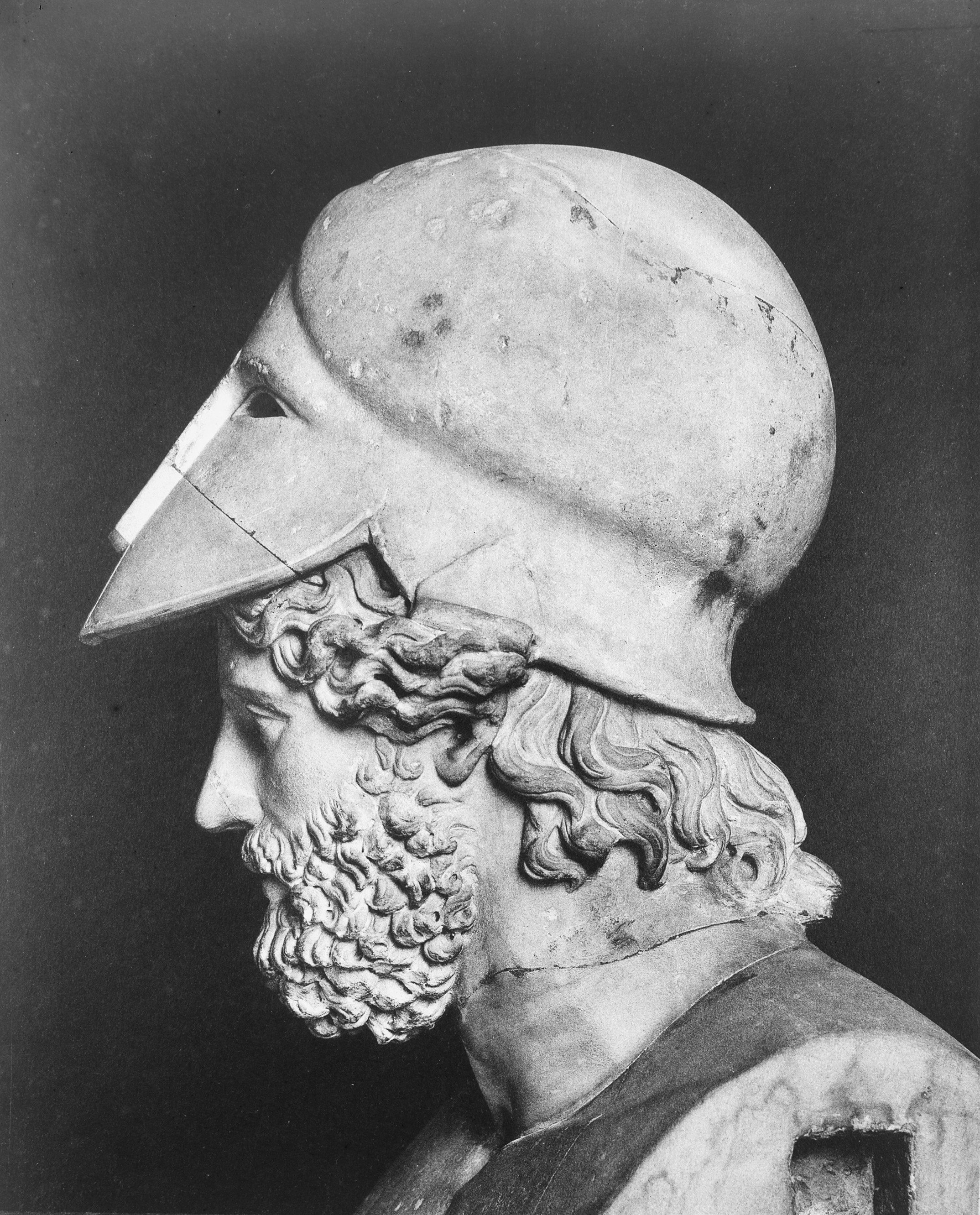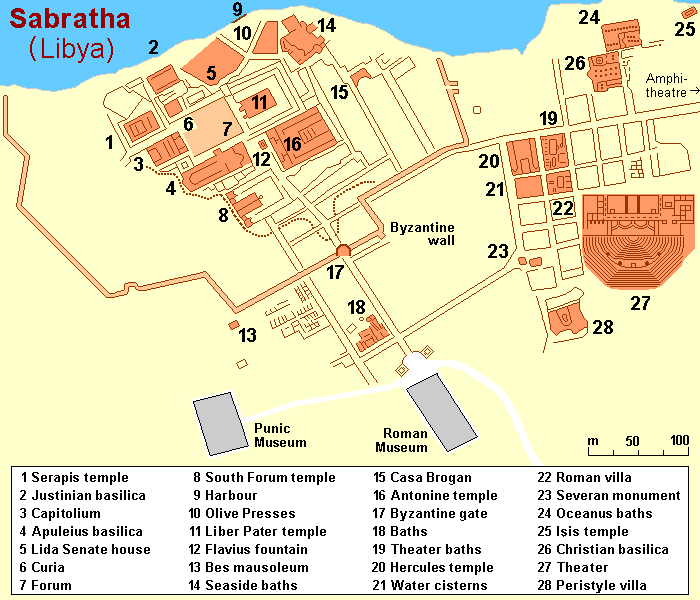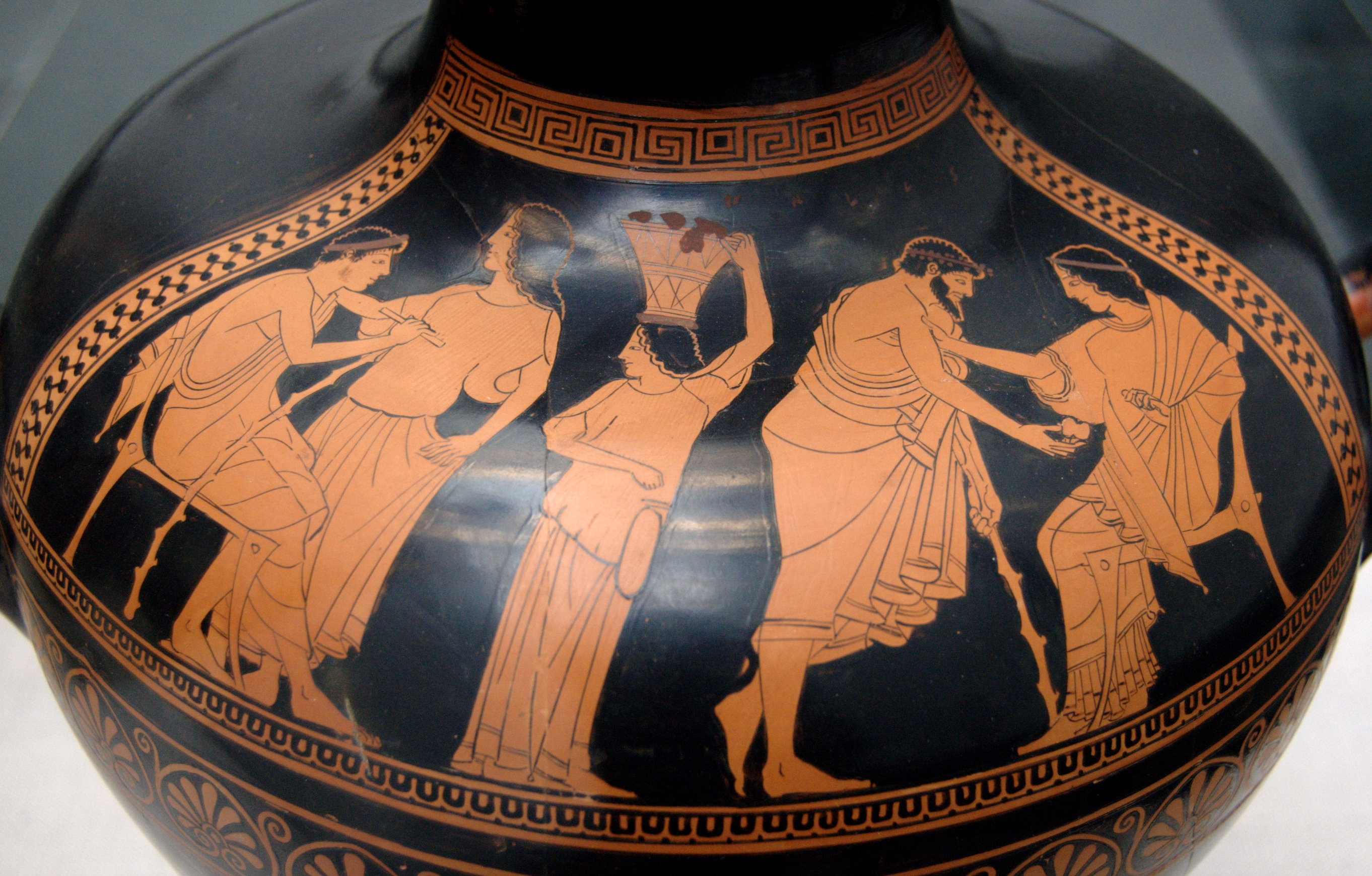|
Abrotonum
Abrotonum ( grc, Ἀβρότονον) Abrotonon, pronounced Avrotonon can refer to: *Abrotonon, 6th-century BC was a Thracian the mother of Themistocles. There is an epigram preserved Book VII of Anthologia Palatina (Epitaphs): *Abrotonon, the name of a hetaera. Plutarch refers to an Abrotonon from Thrace in his ''Erotikos'' (). In the first dialogue of ''Dialogues of the Courtesans'' of Lucian the name of an hetaera named Abrotonon is also mentioned. *Abrotonum, a plant of this name is mentioned from Pliny the Elder in his work Natural History * Abrotonum, a Phoenician city on the coast of North Africa, in the district of Tripolitana, between the Syrtes, usually identified with Sabratha though Pliny makes them different places.Stephanus of Byzantium Stephanus or Stephan of Byzantium ( la, Stephanus Byzantinus; grc-gre, Στέφανος Βυζάντιος, ''Stéphanos Byzántios''; centuryAD), was a Byzantine grammarian and the author of an important geographical dictionary ... [...More Info...] [...Related Items...] OR: [Wikipedia] [Google] [Baidu] |
Themistocles
Themistocles (; grc-gre, Θεμιστοκλῆς; c. 524–459 BC) was an Athenian politician and general. He was one of a new breed of non-aristocratic politicians who rose to prominence in the early years of the Athenian democracy. As a politician, Themistocles was a populist, having the support of lower-class Athenians, and generally being at odds with the Athenian nobility. Elected archon in 493 BC, he convinced the polis to increase the naval power of Athens, a recurring theme in his political career. During the first Persian invasion of Greece he fought at the Battle of Marathon (490 BC) and was possibly one of the ten Athenian ''strategoi'' (generals) in that battle. In the years after Marathon, and in the run-up to the second Persian invasion of 480–479 BC, Themistocles became the most prominent politician in Athens. He continued to advocate for a strong Athenian Navy, and in 483 BC he persuaded the Athenians to build a fleet of 200 triremes; these prove ... [...More Info...] [...Related Items...] OR: [Wikipedia] [Google] [Baidu] |
Sabratha
Sabratha ( ar, صبراتة, Ṣabrāta; also ''Sabratah'', ''Siburata''), in the Zawiya District''شعبيات الجماهيرية العظمى''Sha'biyat of Great Jamahiriya accessed 20 July 2009, in Arabic of , was the westernmost of the ancient "three cities" of Roman Tripolis, alongside and |
Thracians
The Thracians (; grc, Θρᾷκες ''Thrāikes''; la, Thraci) were an Indo-European languages, Indo-European speaking people who inhabited large parts of Eastern Europe, Eastern and Southeast Europe, Southeastern Europe in ancient history.. "The Thracians were an Indo-European people who occupied the area between northern Greece, southern Russia, and north-western Turkey. They shared the same language and culture... There may have been as many as a million Thracians, diveded among up to 40 tribes." Thracians resided mainly in the Balkans (mostly Present (time), modern day Bulgaria, Turkey and Greece) but were also located in Anatolia, Anatolia (Asia Minor) and other locations in Eastern Europe. The exact origin of Thracians is unknown, but it is believed that proto-Thracians descended from a purported mixture of Proto-Indo-Europeans and Early European Farmers, arriving from the rest of Asia and Africa through the Asia Minor (Anatolia). The proto-Thracian culture developed int ... [...More Info...] [...Related Items...] OR: [Wikipedia] [Google] [Baidu] |
Hetairai
Hetaira (plural hetairai (), also hetaera (plural hetaerae ), ( grc, ἑταίρα, "companion", pl. , la, hetaera, pl. ) was a type of prostitute in ancient Greece, who served as an artist, entertainer and conversationalist in addition to providing sexual service. Unlike the rule for ancient Greek women, hetairas would be highly educated and were allowed in the symposium. Summary Traditionally, historians of ancient Greece have distinguished between ''hetairai'' and ''pornai'', another class of prostitute in ancient Greece. In contrast to pornai, who provided sex for numerous clients in brothels or on the street, hetairai were thought to have had only a few men as clients at any one time, to have had long-term relationships with them, and to have provided companionship and intellectual stimulation as well as sex. For instance, Charles Seltman wrote in 1953 that "hetaeras were certainly in a very different class, often highly educated women". More recently, however, historia ... [...More Info...] [...Related Items...] OR: [Wikipedia] [Google] [Baidu] |
6th-century BC Greek People
The 6th century is the period from 501 through 600 in line with the Julian calendar. In the West, the century marks the end of Classical Antiquity and the beginning of the Middle Ages. The collapse of the Western Roman Empire late in the previous century left Europe fractured into many small Germanic kingdoms competing fiercely for land and wealth. From the upheaval the Franks rose to prominence and carved out a sizeable domain covering much of modern France and Germany. Meanwhile, the surviving Eastern Roman Empire began to expand under Emperor Justinian, who recaptured North Africa from the Vandals and attempted fully to recover Italy as well, in the hope of reinstating Roman control over the lands once ruled by the Western Roman Empire. In its second Golden Age, the Sassanid Empire reached the peak of its power under Khosrau I in the 6th century.Roberts, J: "History of the World.". Penguin, 1994. The classical Gupta Empire of Northern India, largely overrun by the Huna, ended in ... [...More Info...] [...Related Items...] OR: [Wikipedia] [Google] [Baidu] |
Stephanus Of Byzantium
Stephanus or Stephan of Byzantium ( la, Stephanus Byzantinus; grc-gre, Στέφανος Βυζάντιος, ''Stéphanos Byzántios''; centuryAD), was a Byzantine grammarian and the author of an important geographical dictionary entitled ''Ethnica'' (). Only meagre fragments of the dictionary survive, but the epitome is extant, compiled by one Hermolaus, not otherwise identified. Life Nothing is known about the life of Stephanus, except that he was a Greek grammarian who was active in Constantinople, and lived after the time of Arcadius and Honorius, and before that of Justinian II. Later writers provide no information about him, but they do note that the work was later reduced to an epitome by a certain Hermolaus, who dedicated his epitome to Justinian; whether the first or second emperor of that name is meant is disputed, but it seems probable that Stephanus flourished in Byzantium in the earlier part of the sixth century AD, under Justinian I. The ''Ethnica'' Even as an ... [...More Info...] [...Related Items...] OR: [Wikipedia] [Google] [Baidu] |
Natural History (Pliny)
The ''Natural History'' ( la, Naturalis historia) is a work by Pliny the Elder. The largest single work to have survived from the Roman Empire to the modern day, the ''Natural History'' compiles information gleaned from other ancient authors. Despite the work's title, its subject area is not limited to what is today understood by natural history; Pliny himself defines his scope as "the natural world, or life". It is encyclopedic in scope, but its structure is not like that of a modern encyclopedia. It is the only work by Pliny to have survived, and the last that he published. He published the first 10 books in AD 77, but had not made a final revision of the remainder at the time of his death during the AD 79 eruption of Vesuvius. The rest was published posthumously by Pliny's nephew, Pliny the Younger. The work is divided into 37 books, organised into 10 volumes. These cover topics including astronomy, mathematics, geography, ethnography, anthropology, human physiolog ... [...More Info...] [...Related Items...] OR: [Wikipedia] [Google] [Baidu] |
Pliny The Elder
Gaius Plinius Secundus (AD 23/2479), called Pliny the Elder (), was a Roman author, naturalist and natural philosopher, and naval and army commander of the early Roman Empire, and a friend of the emperor Vespasian. He wrote the encyclopedic ''Naturalis Historia'' (''Natural History''), which became an editorial model for encyclopedias. He spent most of his spare time studying, writing, and investigating natural and geographic phenomena in the field. His nephew, Pliny the Younger, wrote of him in a letter to the historian Tacitus: Among Pliny's greatest works was the twenty-volume work ''Bella Germaniae'' ("The History of the German Wars"), which is no longer extant. ''Bella Germaniae'', which began where Aufidius Bassus' ''Libri Belli Germanici'' ("The War with the Germans") left off, was used as a source by other prominent Roman historians, including Plutarch, Tacitus and Suetonius. Tacitus—who many scholars agree had never travelled in Germania—used ''Bella Germani ... [...More Info...] [...Related Items...] OR: [Wikipedia] [Google] [Baidu] |
Plutarch
Plutarch (; grc-gre, Πλούταρχος, ''Ploútarchos''; ; – after AD 119) was a Greek Middle Platonist philosopher, historian, biographer, essayist, and priest at the Temple of Apollo in Delphi. He is known primarily for his ''Parallel Lives'', a series of biographies of illustrious Greeks and Romans, and ''Moralia'', a collection of essays and speeches. Upon becoming a Roman citizen, he was possibly named Lucius Mestrius Plutarchus (). Life Early life Plutarch was born to a prominent family in the small town of Chaeronea, about east of Delphi, in the Greek region of Boeotia. His family was long established in the town; his father was named Autobulus and his grandfather was named Lamprias. His name is derived from Pluto (πλοῦτον), an epithet of Hades, and Archos (ἀρχός) meaning "Master", the whole name meaning something like "Whose master is Pluto". His brothers, Timon and Lamprias, are frequently mentioned in his essays and dialogues, which ... [...More Info...] [...Related Items...] OR: [Wikipedia] [Google] [Baidu] |
Lucian
Lucian of Samosata, '; la, Lucianus Samosatensis ( 125 – after 180) was a Hellenized Syrian satirist, rhetorician and pamphleteer Pamphleteer is a historical term for someone who creates or distributes pamphlets, unbound (and therefore inexpensive) booklets intended for wide circulation. Context Pamphlets were used to broadcast the writer's opinions: to articulate a poli ... who is best known for his characteristic tongue-in-cheek style, with which he frequently ridiculed superstition, religious practices, and belief in the paranormal. Although his native language was probably Syriac language, Syriac, all of his extant works are written entirely in ancient Greek (mostly in the Attic Greek dialect popular during the Second Sophistic period). Everything that is known about Lucian's life comes from his own writings, which are often difficult to interpret because of his extensive use of sarcasm. According to his oration ''The Dream'', he was the son of a lower middle clas ... [...More Info...] [...Related Items...] OR: [Wikipedia] [Google] [Baidu] |
Hetaera
Hetaira (plural hetairai (), also hetaera (plural hetaerae ), ( grc, ἑταίρα, "companion", pl. , la, hetaera, pl. ) was a type of prostitute in ancient Greece, who served as an artist, entertainer and conversationalist in addition to providing sexual service. Unlike the rule for ancient Greek women, hetairas would be highly educated and were allowed in the symposium. Summary Traditionally, historians of ancient Greece have distinguished between ''hetairai'' and ''pornai'', another class of prostitute in ancient Greece. In contrast to pornai, who provided sex for numerous clients in brothels or on the street, hetairai were thought to have had only a few men as clients at any one time, to have had long-term relationships with them, and to have provided companionship and intellectual stimulation as well as sex. For instance, Charles Seltman wrote in 1953 that "hetaeras were certainly in a very different class, often highly educated women". More recently, however, historia ... [...More Info...] [...Related Items...] OR: [Wikipedia] [Google] [Baidu] |
Anthologia Palatina
The ''Palatine Anthology'' (or ''Anthologia Palatina''), sometimes abbreviated ''AP'', is the collection of Greek poems and epigrams discovered in 1606 in the Palatine Library in Heidelberg. It is based on the lost collection of Constantinus Cephalas of the 10th century, which in turn is based on older anthologies. It contains material from the 7th century BC until 600 AD and later on was the main part of the '' Greek Anthology'' which also included the '' Anthology of Planudes'' "The Greek Anthology as we have it today consists of the fifteen Books of the Palatine Anthology followed by a 'Planudean Appendix' of 388 poems occurring in Planudes but not in the Palatine manuscript..." and more material. The manuscript of the ''Palatine Anthology'' was discovered by Saumaise (Salmasius) in 1606 in the Palatine library at Heidelberg (Codex Palatinus 23). In 1623, after the Thirty Years' War, it was sent with the rest of the Palatine Library to Rome as a present from Maximilian I of B ... [...More Info...] [...Related Items...] OR: [Wikipedia] [Google] [Baidu] |










